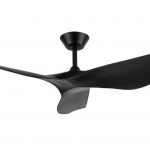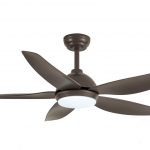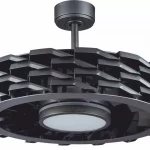For decades, ceiling fans have been an essential component in homes, offering relief on hot summer days and contributing to air circulation to create a comfortable atmosphere. There are many things to think about when choosing an appropriate ceiling fan, and one of the most debated aspects is the number of blades. Some say that more blades mean better performance, while others argue for a sleeker design with fewer blades. So, what is the ideal number of blades for a ceiling fan? As it turns out, there’s no definitive answer, as the decision ultimately boils down to personal preference and the specific requirements of the space.
Balancing Air Circulation and Ambient Noise
Ceiling fans with 4 to 5 blades are the most found in residential use. One of the reasons for their popularity is that they strike a harmonious balance between air circulation and ambient noise. The added blades create a smoother airflow, resulting in a more uniform distribution of air throughout the room. Additionally, with more blades, the fan tends to operate more quietly, ensuring a peaceful and comfortable environment.
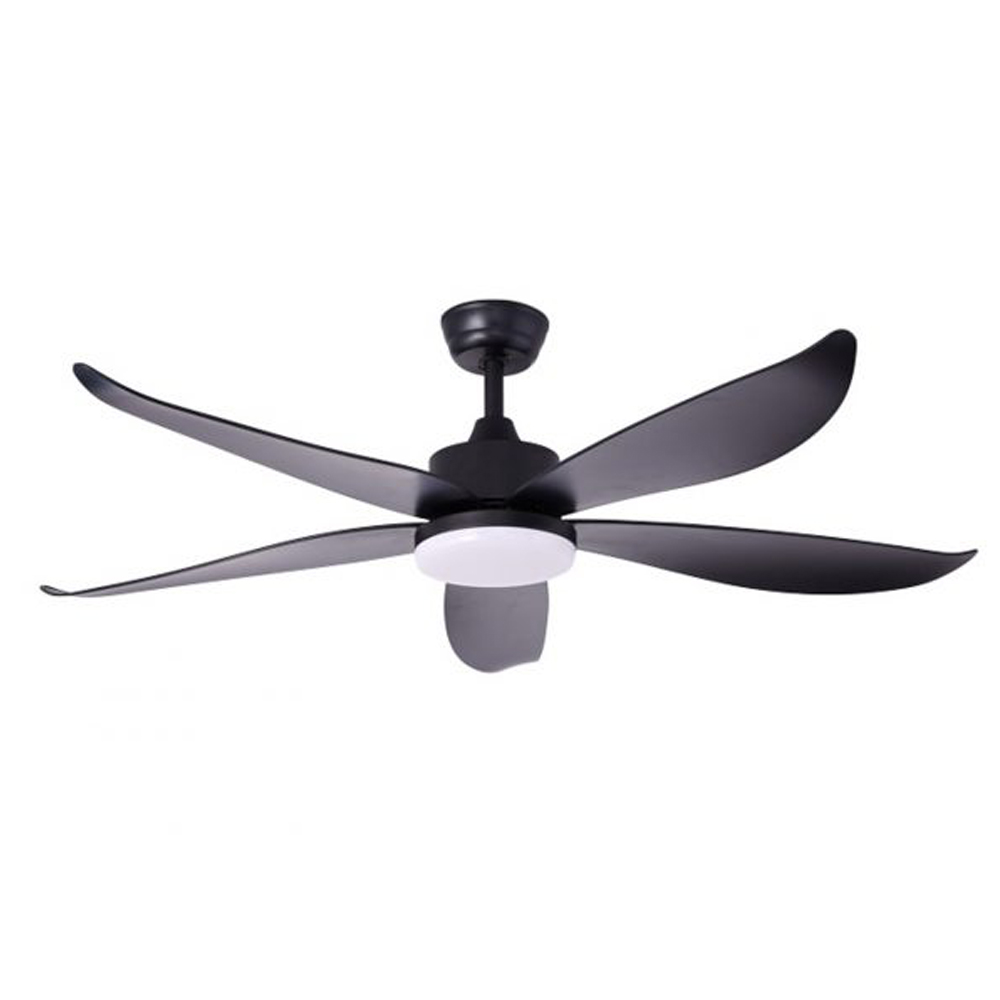
The Quest for Balance and Efficiency
Fans with more blades, typically 6 or more, are often praised for their natural balance and smooth operation. As the number of blades increases, the fan’s balance improves, leading to reduced vibration and noise. This is particularly appealing for those who prioritize a silent and undisturbed atmosphere in their living spaces. However, it’s essential to consider that more blades can also increase the drag on the motor, potentially reducing its overall efficiency and increasing power consumption.
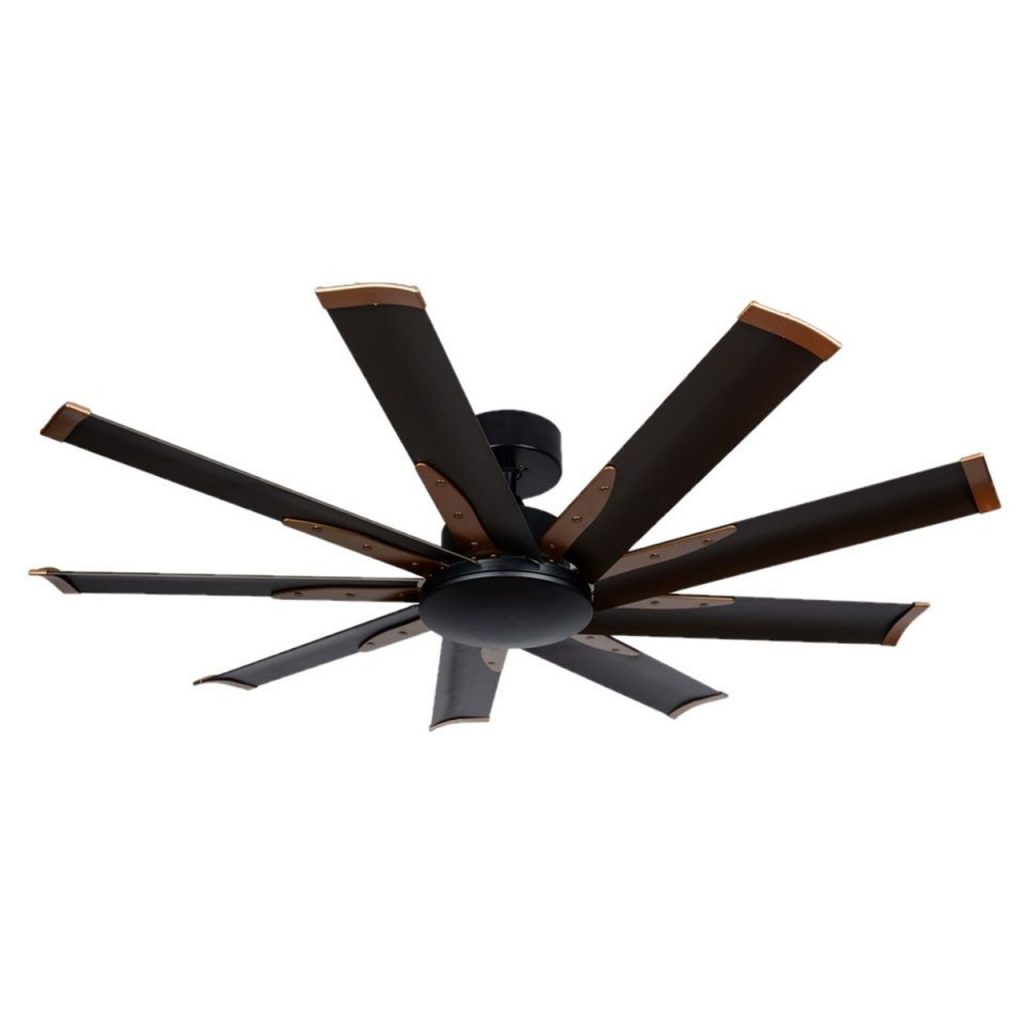
Blades vs. Motor: The Real Performance Factors
Interestingly, the number of blades plays a lesser role in a ceiling fan’s performance than other crucial elements. The efficiency and power of the fan are predominantly determined by the quality and design of the motor, the size and shape of the blades, and the RPMs (Revolutions Per Minute) at which the fan spins. Manufacturers have been investing in advanced technologies and aerodynamic designs to optimize the performance of their fans.
Advancements in Design
Thanks to innovations in ceiling fan design, including low-drag blade shapes, improved pitch, and better balance technology, even fans with just two blades can deliver comparable performance to their five-blade counterparts. These developments have revolutionized the industry, allowing consumers to enjoy an efficient and quiet fan without compromising on aesthetics.
The Rise of the 3-Blade Fan
In recent times, a new trend has emerged—the 3-blade fan. These fans have gained popularity due to their sleek and modern appearance. With fewer blades, they can appear less conspicuous, making them an excellent choice for contemporary and minimalist interior designs. The 3-blade fans have proven to be just as effective in providing comfort as their 4 to 5-blade counterparts.
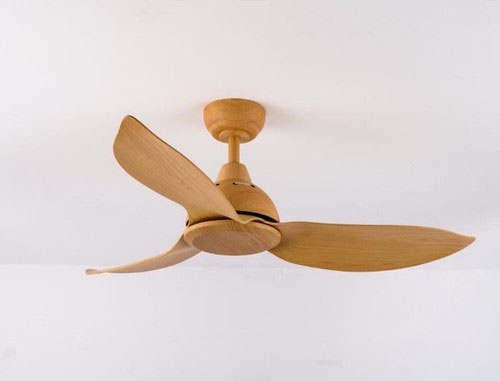
Finding Your Perfect Ceiling Fan
When it comes to choosing the ideal ceiling fan, there is no one-size-fits-all answer. It’s essential to consider your personal preferences, the style of your home, and the specific requirements of the space. If you prioritize silent operation and balanced airflow, a fan with more blades may be the right choice. On the other hand, if you prefer a modern and discreet look, a 3-blade fan could be the perfect fit.
Remember that the performance of a ceiling fan is influenced by various factors beyond the number of blades, so pay attention to the motor quality, blade design, and RPMs. Also, consider the size of the room, as larger spaces might benefit from fans with more blades for enhanced air circulation.


